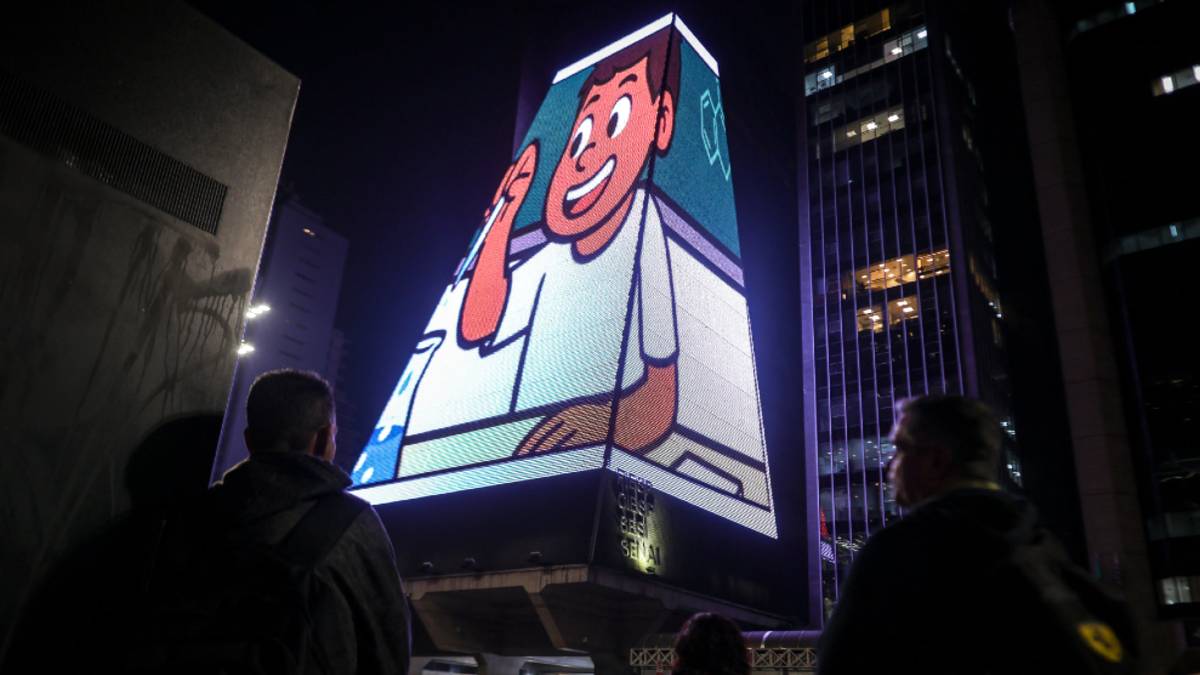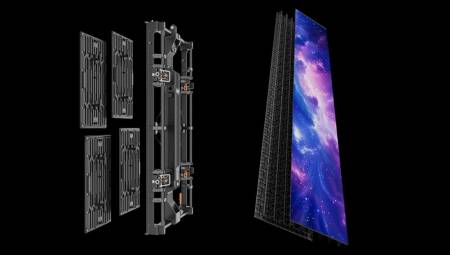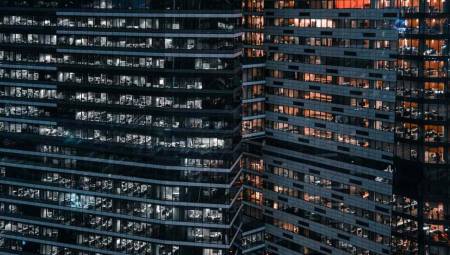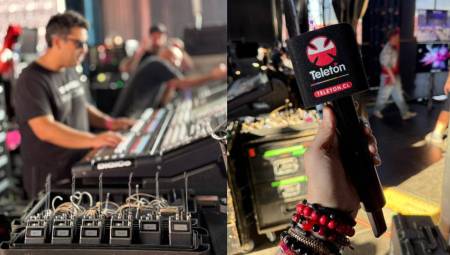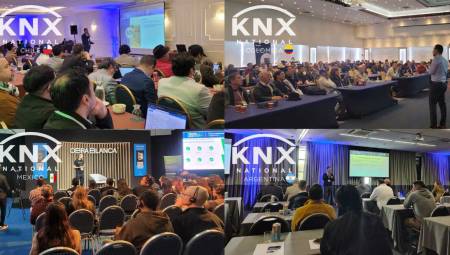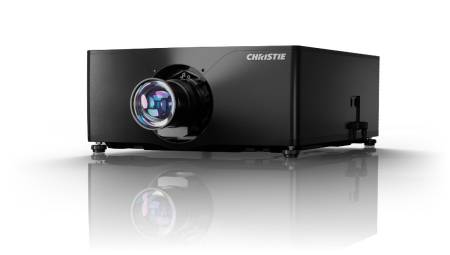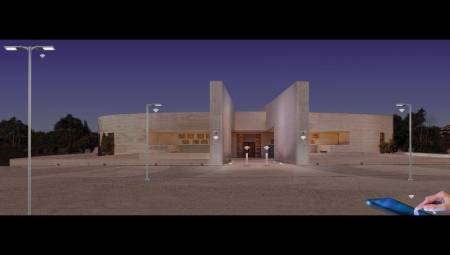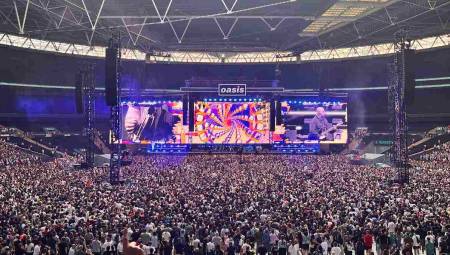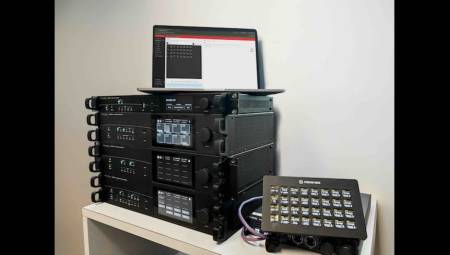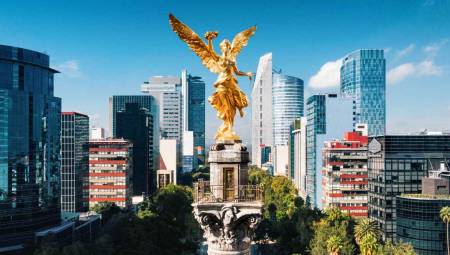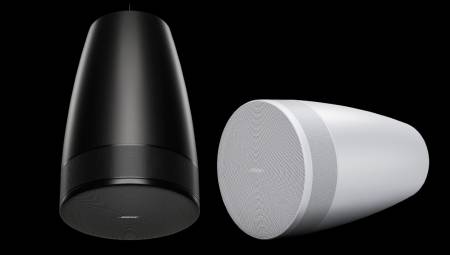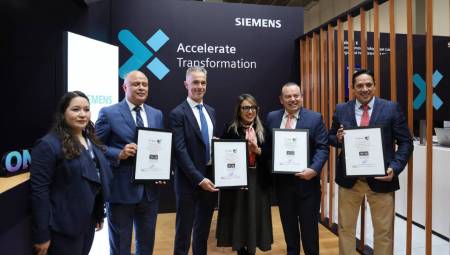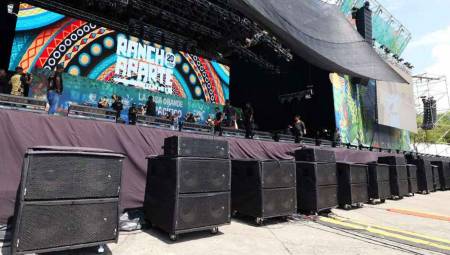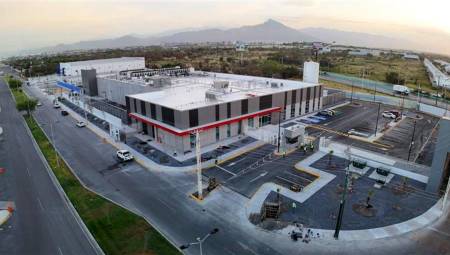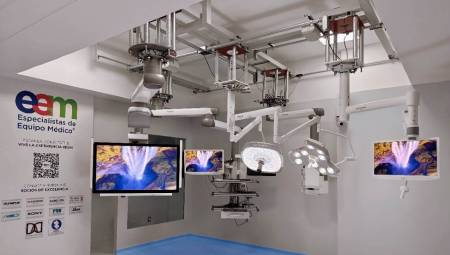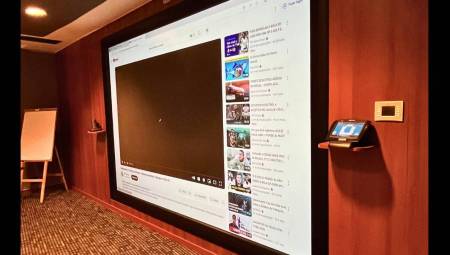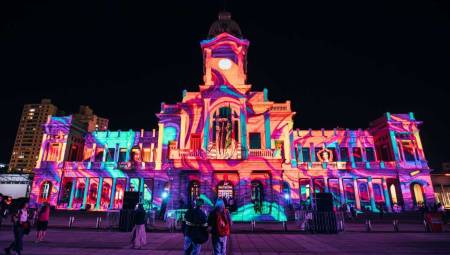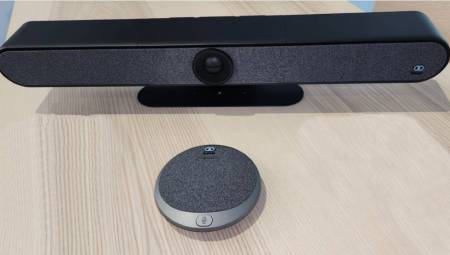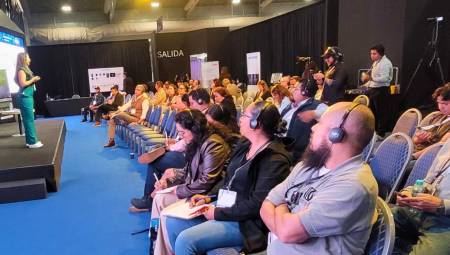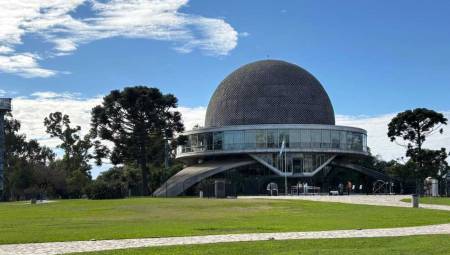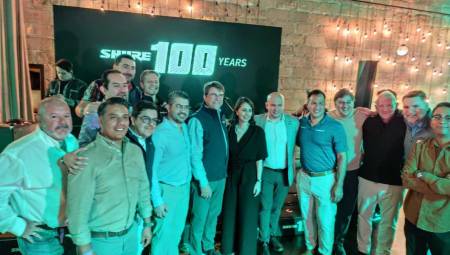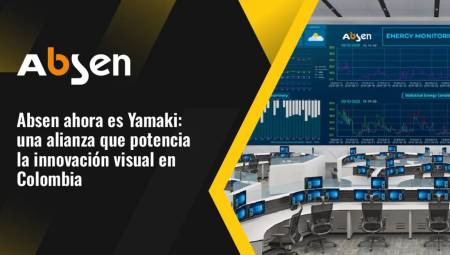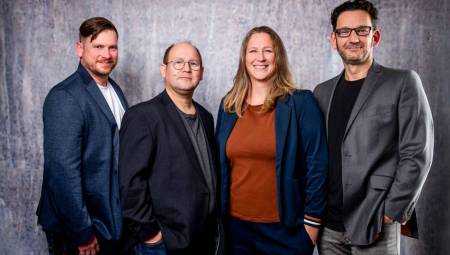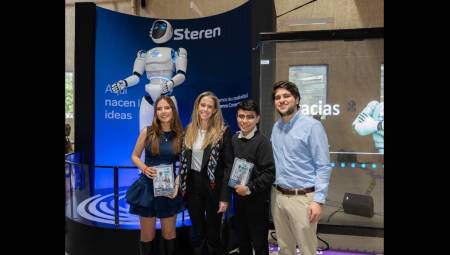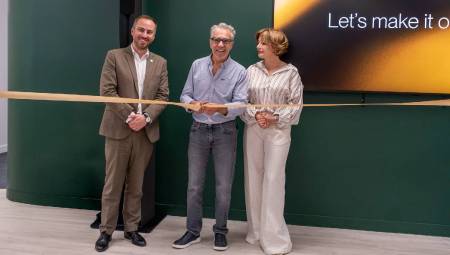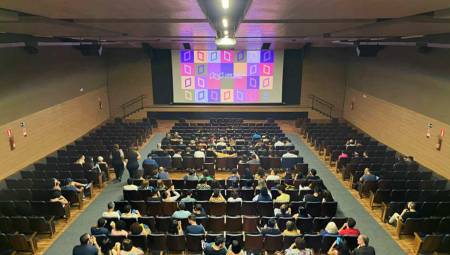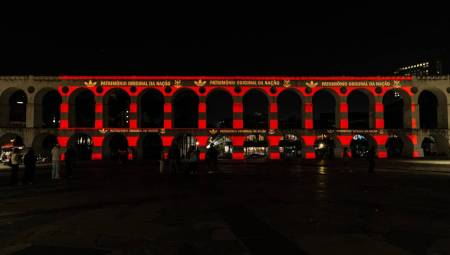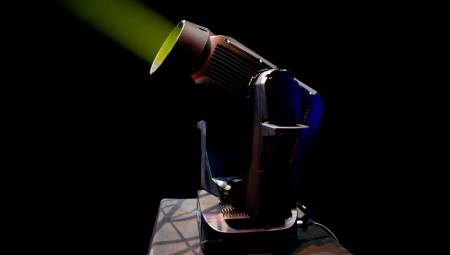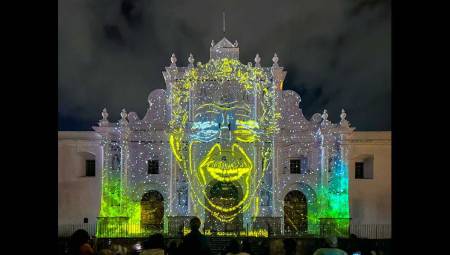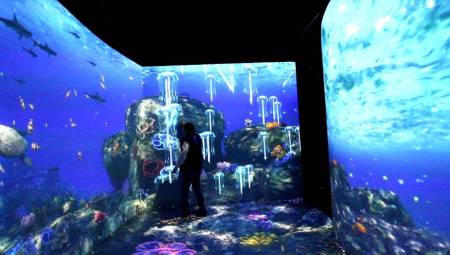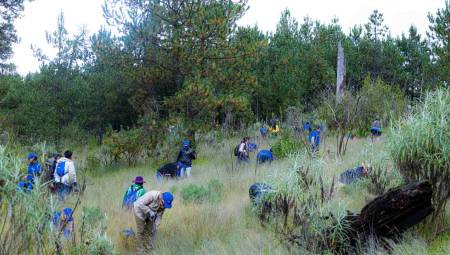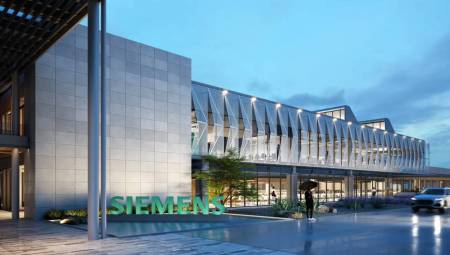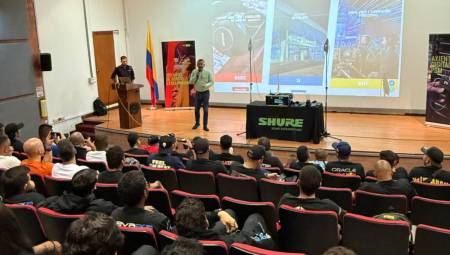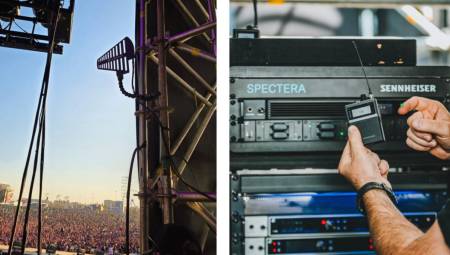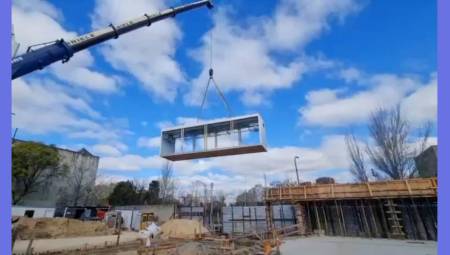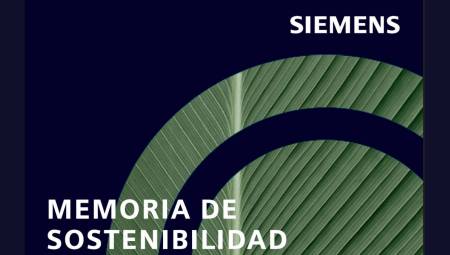Brazil. The emblematic façade of the FIESP building, located on Avenida Paulista in São Paulo (Brazil) and home to the largest open-air digital art gallery in Latin America, has been completely transformed.
On Projeções, the international audiovisual technology company that designed the original installation in 2012, has carried out a major technological renovation of the SESI Digital Gallery, replacing the previous 26,000 LED dots with more than 120,000 new-generation units.
The result: four times higher resolution and ten times higher brightness, offering a radically improved visual experience for the millions of people who pass through the avenue each year.
Beyond the technical achievement, the SESI Digital Gallery is a curated space dedicated to artistic expression. It is intended to exhibit digital artworks and video art by guest artists, disseminate experimental cultural and audiovisual content, and act as a platform for urban visual communication. All this reinforces FIESP's role as a promoter of culture and innovation in Brazil.
The FIESP building, an icon of Brazilian modernist and brutalist architecture, seems to float above Paulista Avenue. At night, its trapezoidal steel façade transforms into a monumental digital canvas. The renovation of On Projeções consisted of completely replacing the building's "digital skin" with approximately 120,000 specially designed LED spots, each hand-installed with architectural precision over an area of 2,818 square meters, making this intervention one of the largest permanent LED art installations in the world.
The new system raises the maximum brightness from 45 to 471 cd/m² and increases the resolution from 221 × 170 to 480 × 322 dots. Color reproduction has also taken a significant leap, going from 68,000 million to more than 281 billion color possibilities, thanks to 16-bit RGB processing.
Each LED dot now operates at 24 volts (compared to the previous 5 volts), markedly improving the efficiency and stability of the system. The sealed architecture of the new system, with groups of 40 points connected in weather-resistant modules, drastically reduces the risks of failures due to oxidation or contact wear, which is essential given the demanding climate of São Paulo.
"Our goal was to raise performance without compromising the architecture of the building," explains Hugo Rodrigues, CEO of On Projeções. "We had to develop a structure that was lighter, more powerful and virtually invisible from a distance."
Adapted to complexity
The renovation posed significant engineering challenges. The distinctive geometry of the FIESP façade with its beehive-like structure and strict weight limitations required that each support and connection be custom designed. The installation, executed point by point entirely by hand since January 2025, took several months of meticulous work, often in adverse weather conditions and at high altitudes. The technical team had to come up with new mounting strategies, pixel mapping systems, and control logics to accommodate the building's complex trapezoidal geometry.
"Installing so many LED dots on such a challenging structure was like assembling a giant instrument," Rodrigues says. "We had to respect the architecture and, at the same time, make the technology almost imperceptible."
One of the most important advances was the development of a bespoke pixel mapping system, adapted to the irregular contours of the building. Traditional video mapping methods were incompatible with trapezoidal geometry. On Projeções reprogrammed the control boxes so that each segment of the façade could correctly interpret and display the content, allowing a smooth reproduction of audiovisual works over the entire surface.
"We had to teach the building to read the video data in a new way," Rodrigues explains. "Now, each control box recognizes its exact starting point, allowing for precise alignment with the architecture."
Content delivery and control were also completely updated. The new system is managed by a central controller that processes real-time video signals (HDMI, DVI or DisplayPort) and converts them into DMX signals, for accurate reproduction over the irregular façade.
On Projeções developed a custom pixel mapping architecture, which allows each control box to identify its exact location on the structure. In addition, it generated an intuitive pixel map compatible with standard visual design software, so that artists can create and preview content without advanced technical knowledge. This approach bridges the gap between technical complexity and creative freedom, and turns the gallery into a programmable, accessible, and creator-friendly digital canvas.
Energy efficiency and continuous operation
The system is also more energy efficient: despite its higher performance, the maximum consumption is only 259.72 kW (at 85% efficiency). It operates up to 14 hours a day and has biweekly preventive maintenance carried out by ON to ensure optimal long-term performance.
On Projeções was in a unique position to execute this renovation, having designed, built and maintained the original system for more than a decade. In a public tender that attracted between 8 and 10 global competitors, On Projeções' technical background, creative engineering and competitive proposal were key to being selected again.
We had to start from scratch by adapting new LED points to a façade that is not at all conventional," says Rodrigues. "But that's what we do best: create tailor-made solutions for large-scale, impactful projects.
With a new five-year maintenance agreement and the façade now fully operational, the SESI Digital Gallery is once again a living part of São Paulo's urban culture, offering new creative possibilities to artists, curators and the public.
"This project is a symbol of what On Projeções stands for," says Rodrigues. "Innovation based on experience, precision guided by creativity, and technology that exists to inspire."
"This is more than a building, it is a message," concludes Rodrigues. "A symbol of São Paulo's creative impulse, and proof that with vision and precision, technology can be integrated into the soul of a city. This project goes beyond hardware, reaffirming São Paulo's role as the global capital of urban creativity. The FIESP Digital Gallery was a pioneer thirteen years ago. Today, we rebuild it to the standards of the future."
Today, the SESI-SP Digital Gallery continues to be a cultural landmark in São Paulo, attracting the daily attention of thousands of passers-by on Avenida Paulista. Its new façade reaffirms the city's role as a hub of creativity, and demonstrates how public art can evolve with technology.



